A Brief History of Tbilisi
From Hot springs to cultural hotspot.
I’m a bit of a history nerd, and nowhere piques my interest more than the Georgian capital of Tbilisi.
There seems to be a dearth of information on the internet when it comes to the basics of Tbilisi history, such as how Tbilisi was formed, how Tbilisi got its name, and all of that sort of information. But with so many people visiting Tbilisi lately, I figured it the good people of the internet deserve a primer on how this great city came to be.
Let’s get started. First, why do we call it Tbilisi?
How was Tbilisi founded?
The name “Tbilisi” comes from the Old Georgian word for warm: “Tpili.” The name, then, means “a warm place.”
This name gives us a little bit of insight into how the town came to be. The story goes that King Vakhtang I Gorgasali of Iberia came upon the land and was struck by how many hot springs he saw while hunting. He then proclaimed that a city be built there, and Tbilisi was born.
Of course, this is only a story; there is evidence of people living in the area for generations before King Vakhtang I’s arrival. That said, it can be proven that the arrival of the king vastly increased the development of the land, and soon, Tbilisi became a bustling city, largely due to its proximity to major trade routes.
How do you pronounce Tbilisi?
In English, the correct pronunciation is “Ti-bill-ee-SEE.” However, in Georgian, the pronunciation varies, mostly in terms of emphasis. The locals pronounce it “ti-BILL-ee-SEE.”
Curiously, many countries choose to ignore the “B” sound when translating the city name to their native language. For example, in German, the name is “Tiflis.”
Subscribe to the mailing list
Get updates from Eastern Europe and more, including guides, tips, and news!
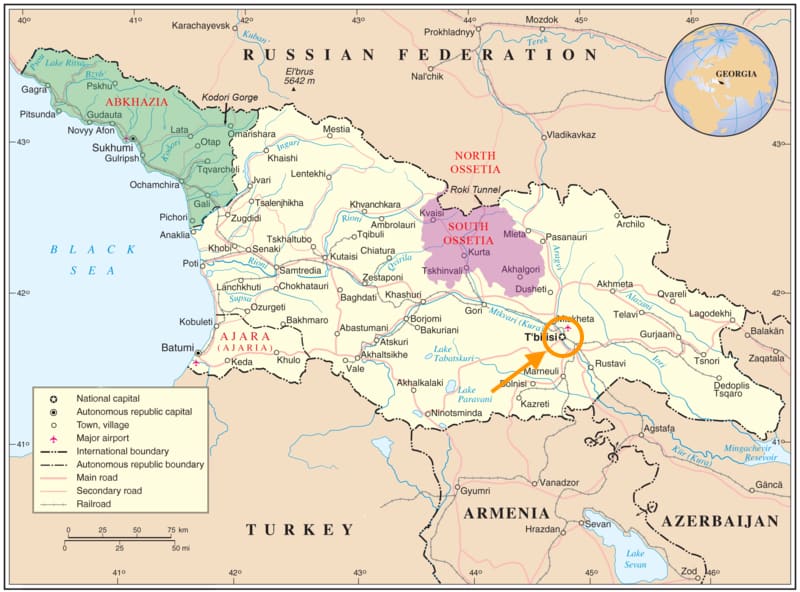
Where is Tbilisi?
Tbilisi is in the heart of Georgia, its exact location slightly to the southeast of the country’s geographic center.
While not a coastal city, two major bodies of water are nearby: the Tbilisi Reservoir, an artificial lake created next to the city that has become a popular recreation area, and the Kura River, known locally as the Mtkvari. The river was once navigable; now, extensive use by farming operations have made the river impossible to travel fully via boat.
Neighboring countries to Georgia include Russia to the north, Turkey to the southwest, Armenia to the south, and Azerbaijan to the southeast. Additionally, there are two areas within Georgia that are disputed: South Ossetia and Abkhazia, which have both proclaimed their independence but remain largely unrecognized by the international community.
what happened after its founding?
A whole lot. As the area is strategically advantageous, many empires throughout history have tried to get their hands on Tbilisi.
Before all that, however, King Dachi of Iberia moved the capital of the whole empire to this new city, constructing a wall around its perimeter to keep out intruders.
As we’ll soon see, this didn’t work out too well. The following centuries had Tbilisi moving from the hands of the Iberians to the Persians to the Byzantine Empire/Khazars to the Arabs then back to the Khazars before returning to the hands of the Arabs, who held it for about 200 years before it was sacked by the Seljuk Turks.
This seemingly endless exchange of ownership lasted around 500 years, with each new empire adding a new architectural and cultural element to the city. Finally, the Georgians had enough, and King David IV of Georgia fought the Seljuks to declare Tbilisi the capital of a new, unified Georgian state.
Georgia’s Golden Age
For about a century (1122-1226), Tbilisi really came into its own as a city.
Its economy exploded, and it became increasingly known for its cultural output. This period, though relatively brief, is a shining mark on the history of the city; numerous works of art and literature were produced during this time that made Tbilisi known across the globe. This is why that hundred-or-so year period is now referred to as “Georgia’s Golden Age” or the “Georgian Renaissance.”
Then… back to empires
As nice as this period was, it wasn’t to last. Tbilisi fell in and out of the hands of the Khwarezmians, Mongols, and other empires, all at a time when the city was suffering from the plague.
Finally, in the early 1500s, Iran took control of Tbilisi. The city would have a tumultuous relationship with their empire for nearly 300 years.
Following this, the city was annexed by Russia at the beginning of the 1800s. Tbilisi had previously sought protection from the nation; Russia then made an effort to connect the city internationally and bring the once-sleepy town into the “modern era,” establishing roads, constructing buildings, and rebuilding structures that had fallen into disrepair.
The city grew again, this time with a planned layout similar to that of other European cities. A second sort of cultural renaissance happened during this period, as artists and authors were eager to make their way to the up-and-coming city.
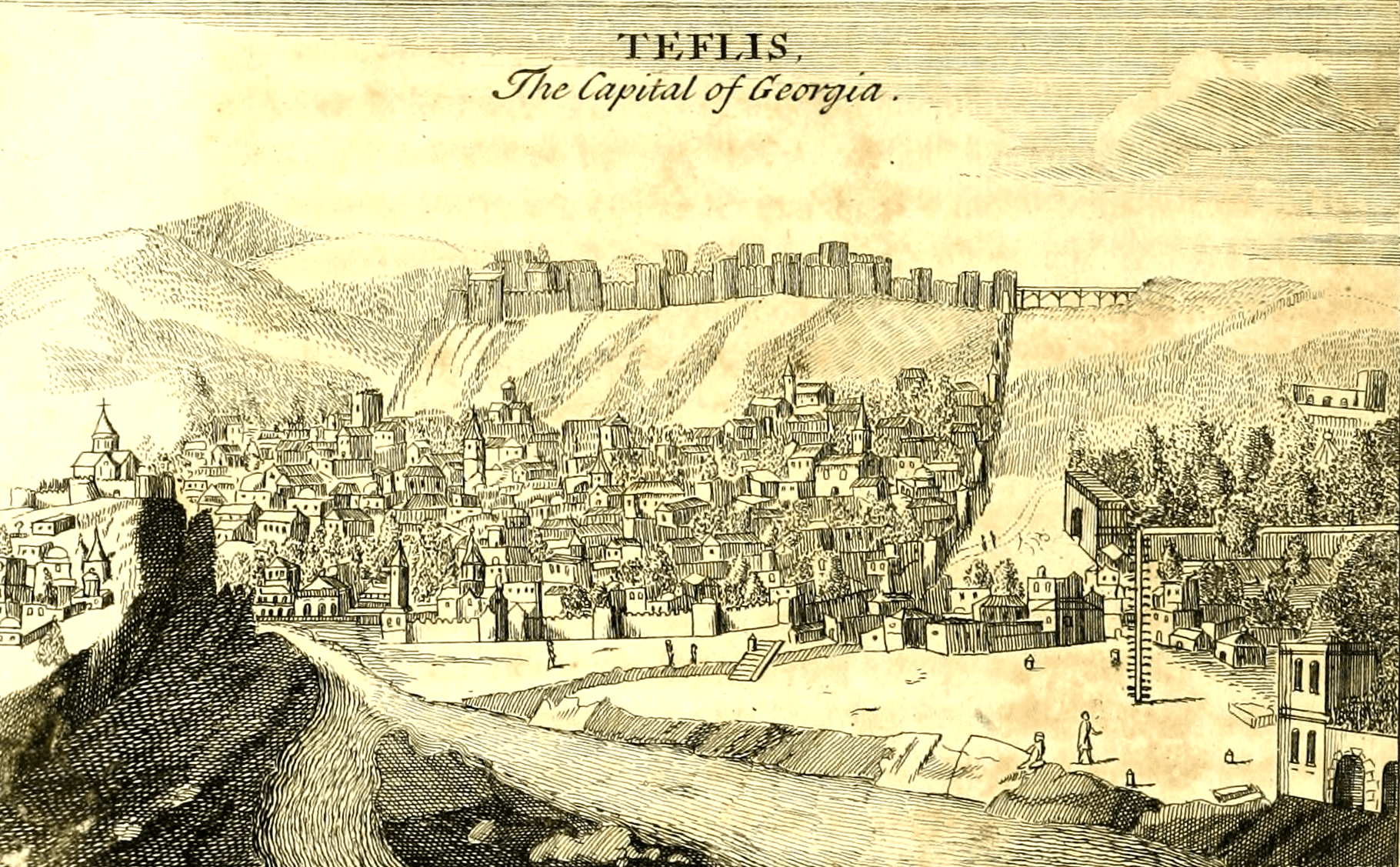
An illustration by Joseph Pitton de Tournefort (1717).
The Russian Revolution
The Russian Revolution marked a change across the world — a change especially felt in Tbilisi.
In the first years following the revolution, no one was quite sure what the city — or even the entire country of Georgia — was to become. An interim government was set up in the region that united Georgia with Armenia, Azerbaijan, some parts of Turkey, and a few Russian borderlands. This was to be called the “Transcaucasian Democratic Federative Republic,” and its capital could be found in Tbilisi.
Was this the final answer to the question of what was to be done with a post-Russian Revolution Tbilisi?
Of course not. The new government was a disaster, and Georgia declared their independence after only a month, with the federation fully dissolving a few days later. Georgia began operating as an independent country, establishing more institutions like universities for the betterment of its people. But this, too, was not to last.
Here Come the Soviets
In 1921, the Soviet Bolsheviks invaded and established Georgia as a new Soviet Socialist Republic alongside Armenia and Azerbaijan.
Apparently not learning their lesson from the Transcaucasian Democratic Federative Republic, the Soviets attempted to unite the three nations into one unified constituent republic to consolidate their economies. This new federation was given the catchy title of “The Transcaucasian Socialist Federative Soviet Republic,” or the “Transcaucasian SFSR” for short, and Tbilisi served as its capital.
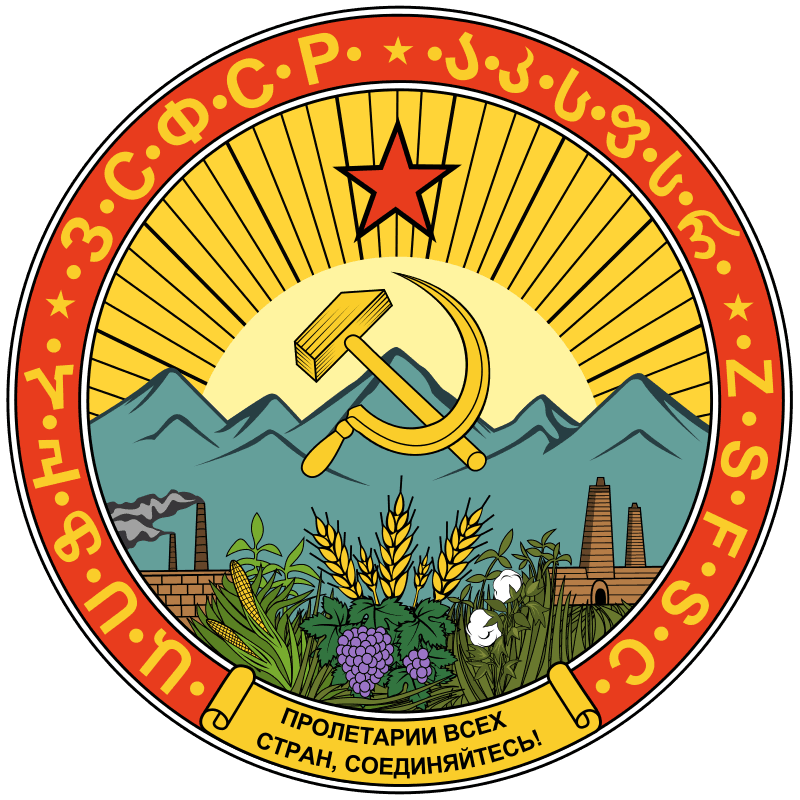
Emblem of Transcaucasian SFSR
These unified nations would be part of the initial group of four republics to sign the treaty in 1922 establishing the Soviet Union. But the Transcaucasian SFSR only lasted for a brief period, with the three nations dividing into individual Soviet Socialist Republics in 1936.
Industrialization swept rapidly through Tbilisi. New factories were constructed, and after just a few years of Soviet rule, the city again came to be seen as a strong force in the fields of politics, culture, and more.
For as much good as the Soviets did in reestablishing Tbilisi on the international map, their presence in the region remains controversial even to this day. People were sent to gulags and war; others faced persecution for their ideas.
Still, many firmly believed in Marxist-Leninist thought, and when the Georgian-born Stalin took over as leader of the USSR, support in the region held strong.
The 1956 Tbilisi Riots
Following his death, much of the USSR had to reckon with the impact that Stalin’s rule had over the spread of nations. Knowledge of his crimes and the cruelty of many of his policies was widespread, but for some, these crimes were seen as necessary to pursue the ultimate Soviet Communist goal.
When Nikita Khrushchev took over the USSR, he responded to this reckoning by beginning a de-Stalinization process, rolling back some of the more authoritarian policies implemented during Stalin’s rule.
Some Georgians who saw Stalin as a local figure to be proud of took this as a personal affront, and on the third anniversary of Stalin’s death on March 4th, 1956, many of Tbilisi’s youth poured into the city center to honor the man.
What started as a celebration of his life quickly became a rebellion against the government. The crowd grew bigger by the day, and tensions increased between locals, government figures, and police. These tensions culminated on March 9th, when troops began firing upon the protesters. No one is sure how many died as no official report was ever made, but estimates are between 100 and 800 people.
The massacre began a long, slow process where Georgia felt increasingly distanced from the Soviet Union. This was also manifested in other protests, such as the peaceful 1978 demonstrations and another massacre, the April 9th tragedy in 1989, which began as a peaceful protest.
The Later Soviet Years
Toward the end of the Soviet period, Tbilisi became a tourist hotspot. The Old Town was reconstructed, and the city even hosted the Soviet Union’s first ever rock and roll festival.
But Georgia was not handling perestroika well.
After Jumber Patiashvili took over as ruler of the Georgia SSR, tensions between locals and the government in Moscow hit an all-time high. Nationalist movements arose, with an increasing number of people proposing independence as the only solution to the issues that still plagued the country. In 1990, democratic parliamentary elections were held, and by 1991, the nation had declared its independence.
The Post-Soviet Era
Post-Soviet Tbilisi was out of control.
Illegal business operators set up shop throughout the city, mafia groups ran rampant, crime grew exponentially, the economy and wages collapsed, and corruption was the standard operating political ideology — this isn’t even mentioning the dramatic infrastructure ruination that occurred in the years following Soviet support.
In 2003, the people rebelled in what has been called the “Rose Revolution,” and since then, the city has seen relative stability. Infrastructure has largely recovered, and barring a few troublesome incidents (a 2015 flood killed twelve and caused the animals of the city’s zoo to be released into the streets), life in Tbilisi has calmed considerably.
That said, war has struck the city several times over, first in the early nineties then again in 2008, when Russia struck the city with multiple air raid attacks during the South Ossetia war.
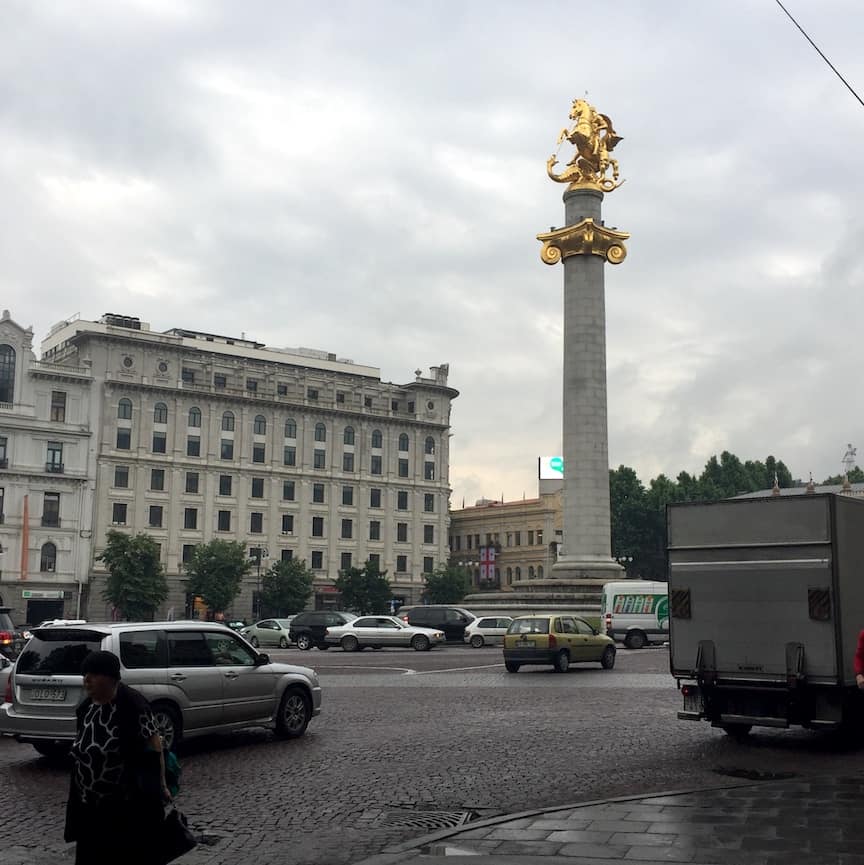
A photo from my recent trip to Tbilisi.
THE MODERN DAY
Today, Tbilisi is again seen as an on-the-rise cultural capital, a hub for music, fashion, art, and more.
I’ve written about the many great vegetarian and vegan restaurants in the city, but the internet is filled with recent articles about its techno scene and the rise of youth movements in the city.
Additionally, Georgian wine, famous in the Soviet Union, has now reentered the international market, and I can personally vouch that it is delicious.
Tbilisi is one of my favorite cities in the entire world, and I cannot recommend a visit strongly enough!
What excites you most about Tbilisi? Leave a comment down below!
Keep reading
The Top 7 Cheapest (and Easiest!) Places to Learn Russian
The Top 7 Cheapest (and Easiest!) Places to Learn Russian The places where you can learn – and actually use – Russian. Russian ain’t easy. If you’re only used to speaking English, approaching a language like Russian may seem like a daunting task. It’s got weird...
The Best Uber Alternatives in Latvia
The best uber alternatives in latvia Uber isn't here yet. So what else is there? Uber hasn’t officially sunk its claws into Latvia… yet. But if you’re visiting the country, you’re probably going to be justifiably nervous about hailing a cab from the street. After all,...
Five East German Day Trips You Can Still Take Today
Five East German Day Trips you Can Still Take Today Socialist tourist hotspots that still rock in 2019. For many years, the Berlin Wall was the singular icon of East Germany. The East Germans were a people literally walled off from the rest of the world, it was...

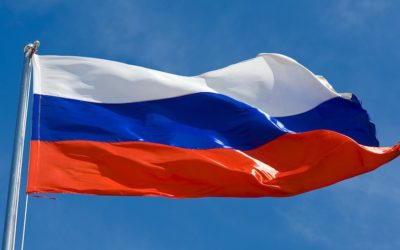
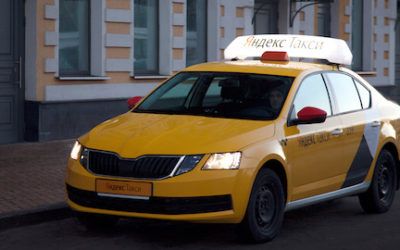
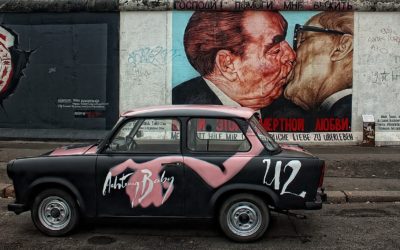
0 Comments